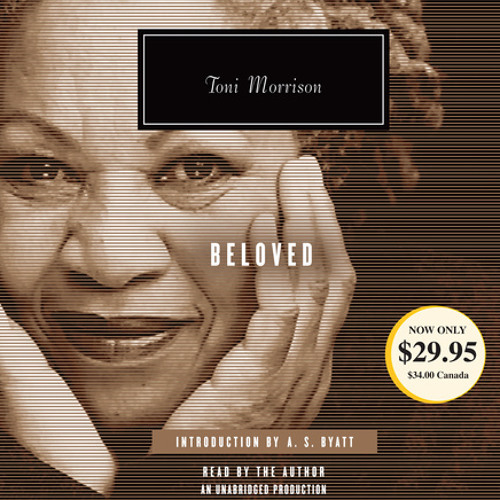

Here, a key aspect of the scene is the nature of the son and the engraver who both contribute to the dehumanization of Sethe. This graphic scene was extremely disturbing for me to read, indicating it was a passage worth noting. The narrator describes the scene once saying, “she thought it would be enough, rutting among the headstones with the engraver, his young son looking on, the anger in his face so old the appetite in it quite new,” (pg. One of the first moments in which Morrison uses language related to animals to describe a scene of abuse and powerlessness occurs when Sethe partakes in a sexual act with the engraver in order to have the name “Beloved” written on her daughter’s head stone. Within the text, Morrison uses animalistic language to describe different scenes in which Sethe and other slaves are being beaten, coerced into sexual acts, and controlled by someone of privilege. Throughout Toni Morrison’s Beloved, a consistent thread appears that depicts the dehumanization of slaves at the hands of those with privileged identities. *Trigger Warning*- This post contains close-readings of violent scenes that involve sex and physical abuse.


Cain and Abel – Uncovering the Unconscious November 4, 2021.Writers about Writers: Pat Rothfuss’ Tribute to Sir Terry Pratchett November 4, 2021.The Gilded Age and the Open Door Policy: The United States in 1899 November 4, 2021.

Ways to Jumpstart your Writing and Research January 18, 2022.


 0 kommentar(er)
0 kommentar(er)
